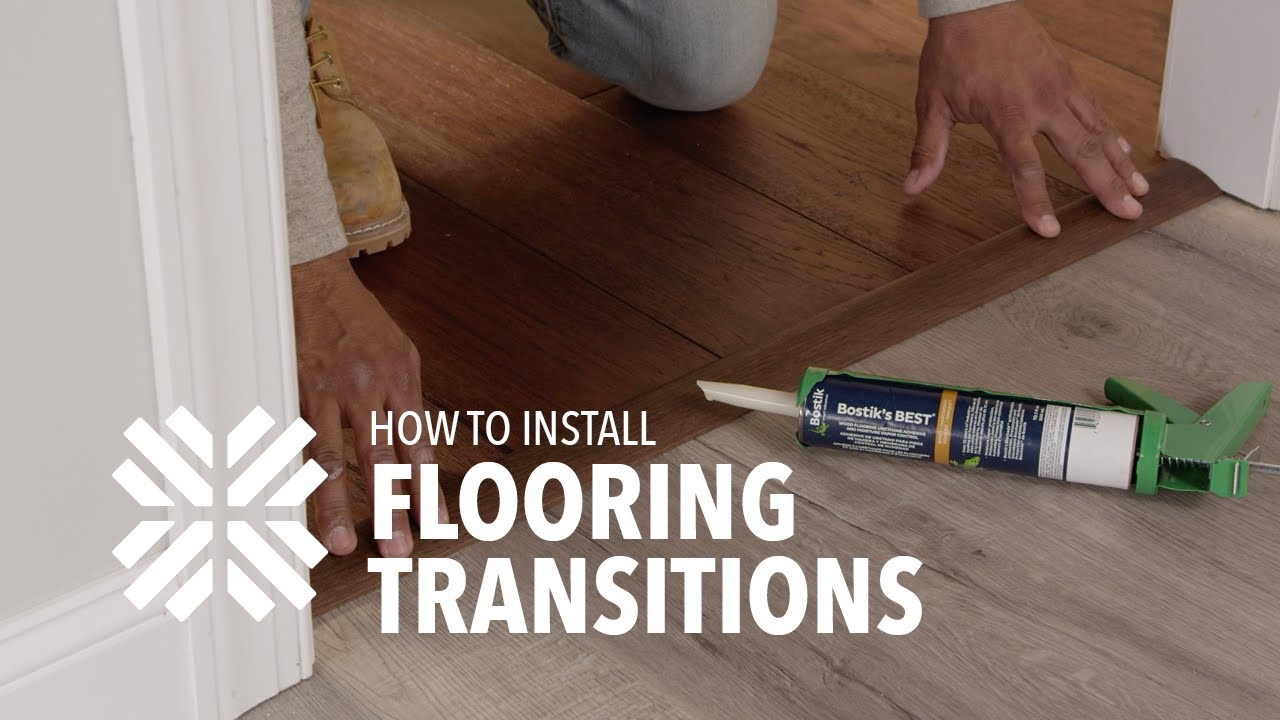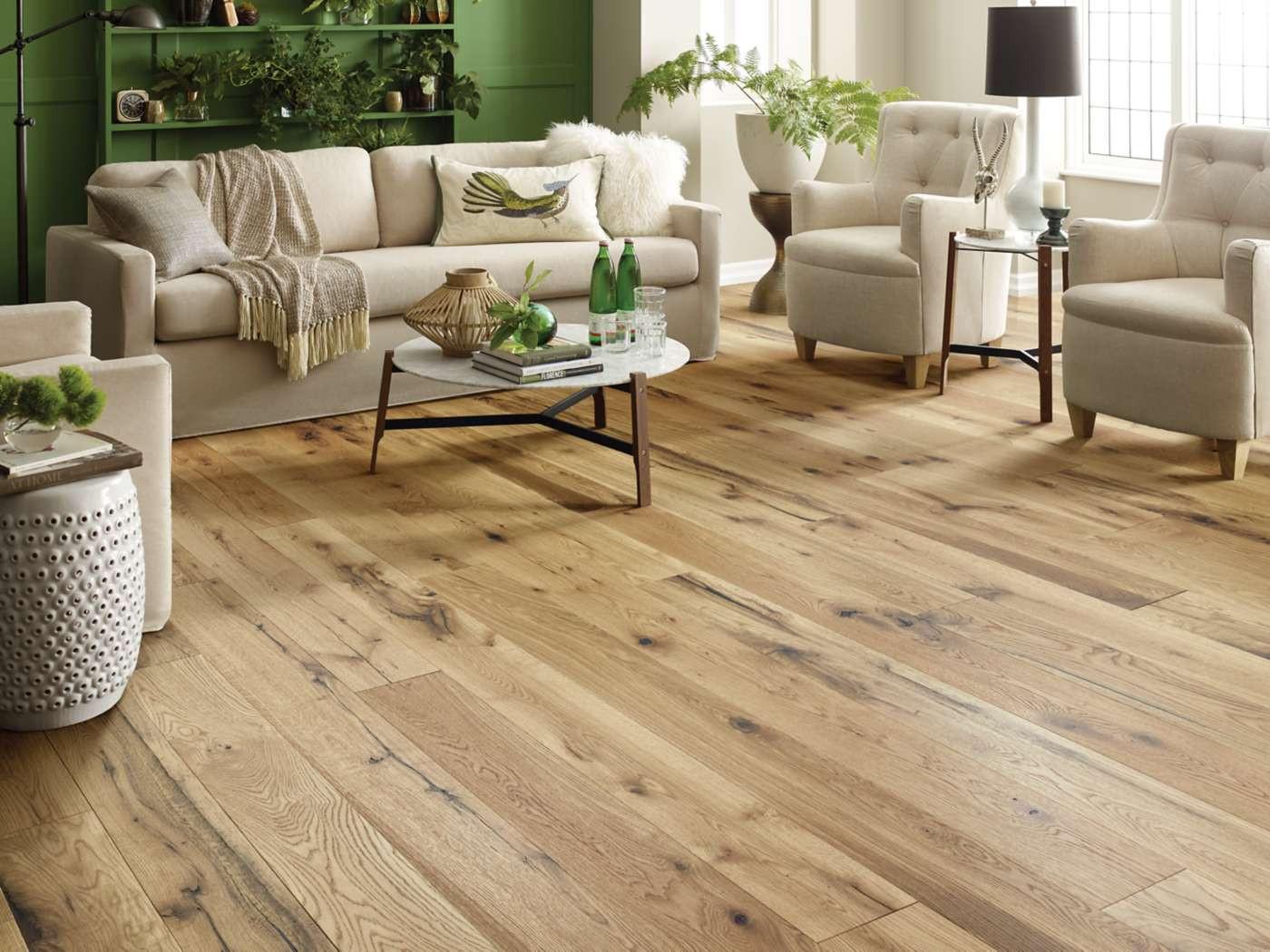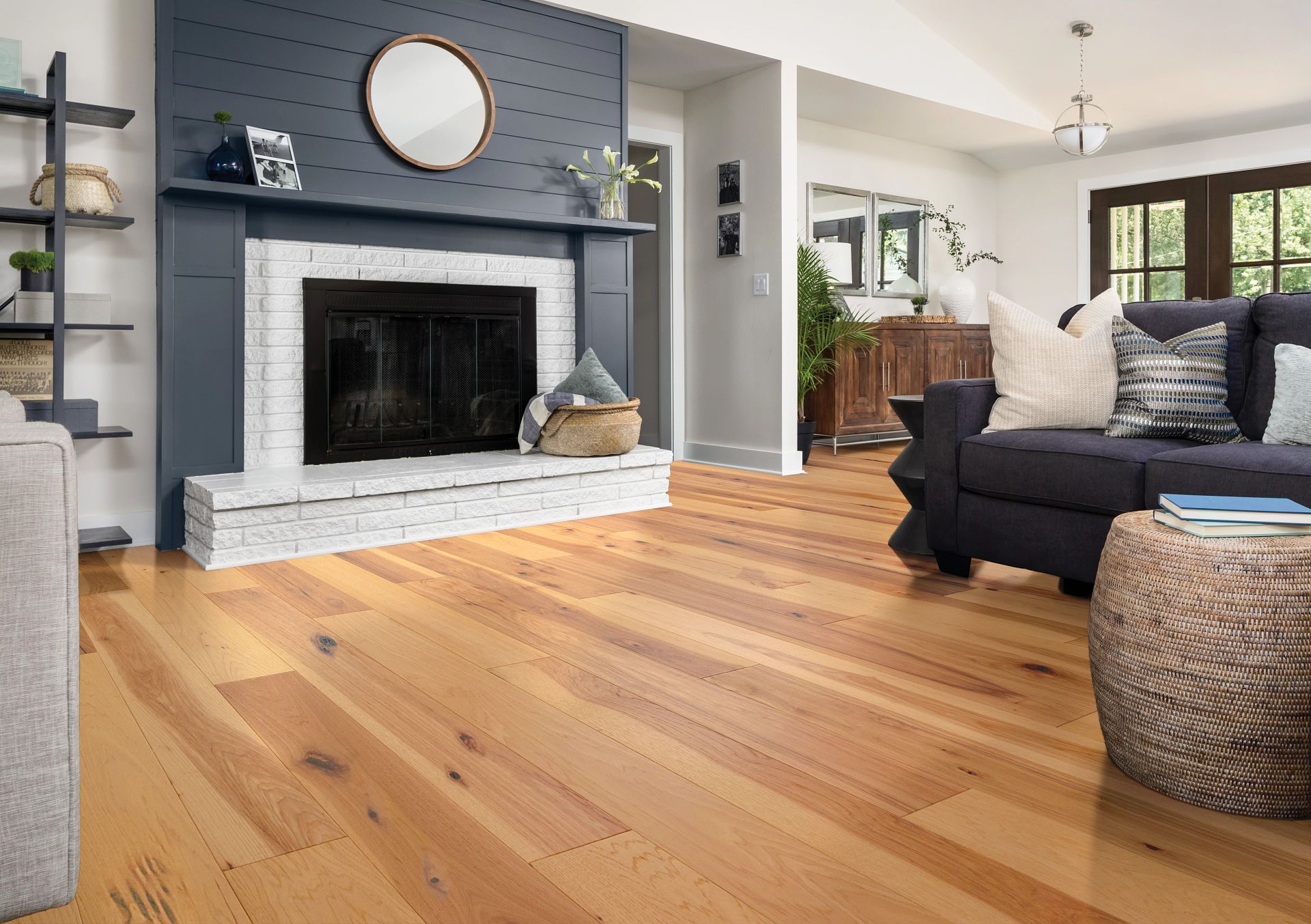In the world of flooring, homeowners and designers alike seek options that combine aesthetics, durability, and practicality. Among these, 1 2 engineered hardwood stands out as an innovative solution that offers the warmth and elegance of traditional hardwood with enhanced stability and versatility. As modern lifestyles demand more durable materials capable of enduring various environmental conditions, the popularity of engineered hardwood continues to soar. This comprehensive guide delves into the intricacies of engineered hardwood, with a special focus on the 1 2 engineered hardwood product line—exploring its features, benefits, installation methods, and cost considerations to help you make an informed decision for your space.
Introduction to Engineered Hardwood

Engineered hardwood is transforming the flooring industry by offering a practical alternative to solid hardwood. It blends the timeless appeal of natural wood with advanced manufacturing techniques to produce a resilient, beautiful flooring option suitable for diverse environments. Understanding what makes engineered hardwood uniquely different from traditional solid wood will help you appreciate its growing popularity and potential to elevate your interior spaces.
What is Engineered Hardwood?
Engineered hardwood is a multi-layered flooring product designed to emulate the look of solid wood while providing superior stability. Unlike solid hardwood, which consists of a single piece of timber, engineered hardwood comprises a top veneer layer of real hardwood adhered to multiple core layers made of plywood, high-density fiberboard (HDF), or other stable materials. These core layers are cross-laminated, meaning they are oriented in different directions, which enhances dimensional stability.
This construction allows engineered hardwood to resist expansion and contraction caused by moisture and temperature fluctuations—a common challenge with solid wood. The top veneer, usually between 1/8 inch to 3/4 inch thick, provides the authentic wood appearance, available in various species, finishes, and styles. Because of its layered structure, engineered hardwood can be installed in areas unsuitable for solid wood, such as basements, over concrete slabs, and in kitchens.
The manufacturing process also enables precise control over the final product’s quality, ensuring consistency and uniformity across planks. Moreover, engineered hardwood can be sanded and refinished multiple times, extending its lifespan and keeping it looking fresh and new for years.
Differences Between Solid and Engineered Hardwood
While both solid and engineered hardwood bring natural beauty to floors, their structural differences significantly impact their performance, installation, and maintenance.
Solid hardwood is crafted from a single piece of timber, typically ranging from 3/4 inch to 1 1/2 inches in thickness. Its natural, rich grain patterns and warm feel have made it a preferred choice for traditional interiors. However, because of its porosity and dimensional instability, solid hardwood can warp, crack, or cup when exposed to moisture or extreme temperature changes. Installation often requires acclimation, professional expertise, and specific subfloor preparations.
Engineered hardwood, on the other hand, boasts a layered construction with a real wood veneer on top and stable core layers beneath. This design imparts several advantages:
- Superior resistance to humidity and temperature variations.
- Flexibility to install over concrete, radiant heating systems, and below-grade spaces.
- Ease of installation, often through click-lock or floating methods.
- Lower susceptibility to warping and buckling in challenging environments.
In terms of aesthetic qualities, both types can offer a similar visual appeal, especially when high-quality veneers are used. However, solid hardwood may allow for deeper sanding and refinishing, making it more suitable for historic restoration or high-traffic areas where a long-term restore might be necessary.
Advantages of Engineered Hardwood
Engineered hardwood offers numerous benefits that cater to modern demands for style, durability, and affordability. Its primary advantages include adaptability, environmental friendliness, and ease of maintenance.
First, the enhanced stability makes engineered hardwood ideal for various locations within a home or commercial setting, including spaces prone to moisture exposure or temperature fluctuations. This flexibility opens up possibilities for installation in basements, bathrooms, and over existing flooring, reducing renovation costs and complexity.
Second, engineered hardwood can be manufactured using sustainably sourced materials, often incorporating less wood per plank than solid hardwood, contributing to environmental conservation. Additionally, the manufacturing process allows for the utilization of fast-growing wood species and recycled materials, aligning with eco-conscious building practices.
Third, the installation process is generally quicker and more straightforward, especially with click-lock systems that enable floating installations without adhesives or nails. This feature appeals to DIY enthusiasts and reduces labor costs.
Finally, maintained properly, engineered hardwood retains its beauty for decades. Routine cleaning and periodic refinishing (depending on veneer thickness) keep it looking vibrant, while its layered structure resists dents, scratches, and warping better than traditional solid wood. Overall, engineered hardwood strikes an excellent balance between natural beauty, practical resilience, and cost-efficiency.
The 1 2 Engineered Hardwood Product

Among the vast array of engineered hardwood offerings, the 1 2 engineered hardwood series has gained notable attention due to its unique specifications, versatile styles, and user-friendly installation options. This segment explores what makes this product distinctive, from its technical details to aesthetic appeal, helping consumers understand how it can fit into their interior design plans.
Specifications of 1 2 Engineered Hardwood
Understanding the specifications of 1 2 engineered hardwood helps buyers evaluate its suitability for their specific needs. Key parameters include the thickness of the wear layer, core material composition, plank dimensions, and finish options.
The hallmark of the 1 2 engineered hardwood series is its 1/2-inch thickness, balancing durability with ease of installation. The wear layer, typically 3mm or thicker, provides enough material for multiple refinishings, preserving the floor’s appearance over time. This thickness ensures that homeowners can enjoy the aesthetic benefits of real hardwood while maintaining a manageable profile.
The core layers are usually composed of high-quality plywood or HDF, which provide exceptional stability. Plywood cores are favored for their robustness and resistance to moisture, whereas HDF cores offer a smoother surface and are often more environmentally friendly.
Plank dimensions vary but generally include widths from 5 to 7 inches and lengths ranging from 36 to 60 inches. These sizes contribute to a contemporary aesthetic with longer, wider planks that mimic natural wood’s expansive look.
The finishing process involves either UV-cured coatings or oil-based finishes, which enhance scratch resistance and provide a low-gloss, matte, or semi-gloss appearance. Some products include beveled edges to accentuate the plank’s texture and create a more natural, authentic visual.
Available Styles and Finishes
The 1 2 engineered hardwood series caters to diverse tastes and interior themes through a broad spectrum of styles and finishes. This variety caters to both traditional and modern design sensibilities, ensuring there’s an option for every homeowner.
Wood species selection plays a crucial role in defining style. Popular choices include oak, maple, walnut, hickory, and exotic woods like bamboo or acacia. Each species offers its unique grain pattern, color tone, and character, allowing for customization based on preference.
Finishes range from natural, matte, satin, to high-gloss, each altering the appearance and tactile experience of the floor. Natural finishes highlight the wood’s inherent grain and knots, creating a rustic or organic feel. Matte finishes are popular for a subtle, understated elegance, while glossy surfaces lend a sophisticated, modern touch.
Color staining is another significant aspect, with options spanning from light blondes and whites to deep charcoals and rich browns. Many manufacturers also offer hand-scraped, distressed, or wire-brushed textures to add visual interest and authenticity.
Design trends influence the availability of wider and longer planks, herringbone or chevron patterns, and mixed-tone options. These styles allow homeowners to craft unique flooring landscapes that complement their décor.
Installation Methods for 1 2 Engineered Hardwood
The versatility of 1 2 engineered hardwood extends to its installation methods, making it accessible for various skill levels and settings. The most common techniques include click-lock floating, glue-down, and nail-down installations.
Floating installation, facilitated by click-lock systems, is the most popular method for 1 2 engineered hardwood. It involves locking planks together without attaching them directly to the subfloor, allowing for quick, clean, and reversible setups. This method is particularly advantageous over uneven subfloors or existing flooring materials like vinyl or tile.
Glue-down installation adheres the planks directly to a concrete or wood subfloor using specialized adhesives. This technique provides added stability and minimizes movement or squeaks. It is often used in commercial settings or areas where a more permanent solution is desired.
Nail-down installation is less common but still viable, especially on wooden subfloors. It involves nailing the planks into the subfloor, offering a traditional feel and sturdy base. However, this method is more labor-intensive and less flexible compared to floating systems.
Preparation steps include subfloor assessment, ensuring dryness, flatness, and cleanliness. Acclimating the flooring panels before installation is recommended to prevent future expansion or contraction issues. Professional installation guarantees optimal results, but DIYers equipped with proper tools and instructions can successfully lay 1 2 engineered hardwood following manufacturer guidelines.
Performance and Durability

A key factor in choosing flooring is how well it performs over time under various conditions. The 1 2 engineered hardwood series emphasizes resilience, making it suitable for dynamic living spaces. Understanding what influences its durability, maintenance requirements, and environmental performance helps in maximizing its lifespan.
Factors Affecting Durability
Several elements influence the longevity of 1 2 engineered hardwood. Recognizing these factors can help homeowners take proactive steps to protect their investment.
The quality of manufacturing, including the precision of layering, the density of the core, and the durability of the finish, directly impacts how well the flooring withstands everyday wear and tear. Higher-quality veneer layers and protective coatings tend to resist scratches, dents, and fading better.
Environmental conditions such as humidity, temperature fluctuations, and exposure to sunlight play critical roles. While engineered hardwood is more resistant than solid wood, excessive moisture or rapid changes in climate can still cause issues like swelling or gap formation. Proper installation and ongoing climate control are essential safeguards.
Foot traffic levels also affect durability. High-traffic areas may require more frequent refinishing or protective measures such as rugs or furniture pads. Additionally, footwear habits, pet claws, and cleaning routines influence how quickly the surface shows signs of aging.
Finally, maintenance practices, including regular cleaning and prompt attention to spills or scratches, significantly extend the lifespan of 1 2 engineered hardwood. Preventing damage is always easier and less costly than repairing it later.
Maintenance and Care Tips
To preserve the beauty and structural integrity of 1 2 engineered hardwood, adopting a consistent care routine is vital. Simple practices can prevent scratches, stains, and premature wear.
Start with regular sweeping or vacuuming to remove dust, dirt, and debris that can act as abrasives. Use soft-bristled brooms or vacuums with appropriate attachments to avoid scratching the surface. For cleaning, damp mops with mild wood floor cleaners are recommended; avoid harsh chemicals or excessive water, which can seep into seams and cause swelling.
Apply felt pads underneath furniture legs to prevent dents and scratches. Area rugs in high-traffic zones or entries can reduce wear and trap dirt. When moving heavy objects, lift rather than drag them across the floor to minimize damage.
For spot cleaning, address spills immediately with a dry or lightly damp cloth. Avoid waxes or polishes not recommended by the manufacturer, as they can leave residues or interfere with refinishing.
Periodic refinishing involves sanding and recoating the top veneer layer. Depending on the veneer thickness, this can be done multiple times, restoring the floor’s original luster. Protecting the floor from direct sunlight can prevent fading, so use curtains or UV-protective films on windows.
Performance in Different Environments
1 2 engineered hardwood excels in diverse environments, thanks to its layered construction. Its ability to perform well in varying climates expands its appeal among homeowners seeking longevity and aesthetics.
In humid regions, its stability prevents warping and buckling that often plague solid wood. The cross-laminated core resists expansion and contraction, making it suitable for basements, sunrooms, or areas with fluctuating moisture levels.
In dry environments, it maintains its shape without cracking or splitting. Proper humidity regulation—using humidifiers or dehumidifiers—further enhances performance, especially during seasonal changes.
Particularly noteworthy is its compatibility with radiant heating systems. Due to its layered design, 1 2 engineered hardwood transmits heat evenly, providing comfort during colder months without risking damage or deformation. This feature makes it an energy-efficient and comfortable flooring choice.
UV resistance is another advantage, especially if the space receives significant sunlight. Some finishes incorporate UV inhibitors, which slow down fading and discoloration, preserving the wood’s natural tones longer.
Overall, 1 2 engineered hardwood balances aesthetic appeal with resilience, making it suitable for many demanding environments while retaining its charm over decades.
Cost Considerations
Pricing is a crucial factor influencing flooring choices. While 1 2 engineered hardwood may seem more expensive initially than some laminate or vinyl options, its value proposition includes long-term durability, aesthetic appeal, and potential savings on installation.
Pricing Trends for 1 2 Engineered Hardwood
The cost of 1 2 engineered hardwood varies based on several factors, including wood species, veneer thickness, finish quality, and brand reputation. Generally, prices range from moderate to premium tiers.
Entry-level options with standard species like oak or maple and thinner veneers tend to be more affordable. Premium selections featuring exotic woods, hand-scraped textures, or thicker veneers command higher prices. Customization options, such as unique colors or patterns, also influence the overall cost.
Material costs are complemented by installation expenses. Floating systems may reduce labor costs compared to glue-down or nail-down methods, especially for DIY installers. Overall, expect to pay a few dollars more per square foot than laminate or vinyl flooring but significantly less than solid hardwood.
Market trends indicate a steady increase in the availability of eco-friendly and sustainable options, which can sometimes influence pricing. Conversely, advances in manufacturing efficiency and increased competition have slightly lowered prices over recent years.
Value Comparison with Other Flooring Options
When evaluating 1 2 engineered hardwood, it’s essential to consider its value relative to alternatives. Compared to laminate or luxury vinyl planks, engineered hardwood offers authentic wood appearance and feel, providing a more natural and upscale ambiance.
Compared to solid hardwood, it provides comparable aesthetic charm but at a lower cost and with greater environmental stability. In terms of longevity, a well-maintained engineered hardwood floor can last 20-30 years, comparable to solid wood, especially when refinished periodically.
Cost considerations should also account for installation flexibility—floating systems reduce labor costs, making it accessible for many DIY projects. Additionally, the ability to install over existing subfloors reduces demolition and preparation expenses.
Ultimately, 1 2 engineered hardwood presents a compelling balance of cost, beauty, and durability, making it an excellent investment for homeowners wanting a long-lasting, stylish floor within a reasonable budget.
Long-term Investment Benefits
Investing in 1 2 engineered hardwood yields long-term benefits that surpass initial costs. Its durability ensures that it remains visually appealing and structurally sound for decades, minimizing the need for replacement.
Refinishing capabilities extend the lifespan, allowing homeowners to restore the floor’s original look multiple times. This feature preserves property value and enhances aesthetic appeal during resale.
Moreover, the environmental benefits—such as efficient material use, sustainability, and reduced waste—align with contemporary eco-conscious values. Its compatibility with radiant heating and suitability for various spaces make it a versatile asset, adding comfort and style.
In terms of maintenance, routine care is simple and cost-effective, avoiding frequent major repairs or replacements. The investment in quality 1 2 engineered hardwood pays off through aesthetic longevity, functional resilience, and environmental sustainability, making it a wise choice for those seeking lasting value.
Video
Video source from Youtube
Conclusion
1 2 engineered hardwood exemplifies a modern flooring solution that combines natural beauty, structural stability, and versatile installation options. Its layered construction offers superior resistance to environmental factors, making it suitable for a wide range of residential and commercial applications. With extensive styles, finishes, and performance features, it meets the aesthetic and functional demands of today’s homeowners. Although initial costs vary, the long-term durability, ease of maintenance, and environmental benefits position 1 2 engineered hardwood as an excellent investment—delivering timeless elegance and resilience for years to come.
Read also : Top Wood Floor Brands for Your Home
